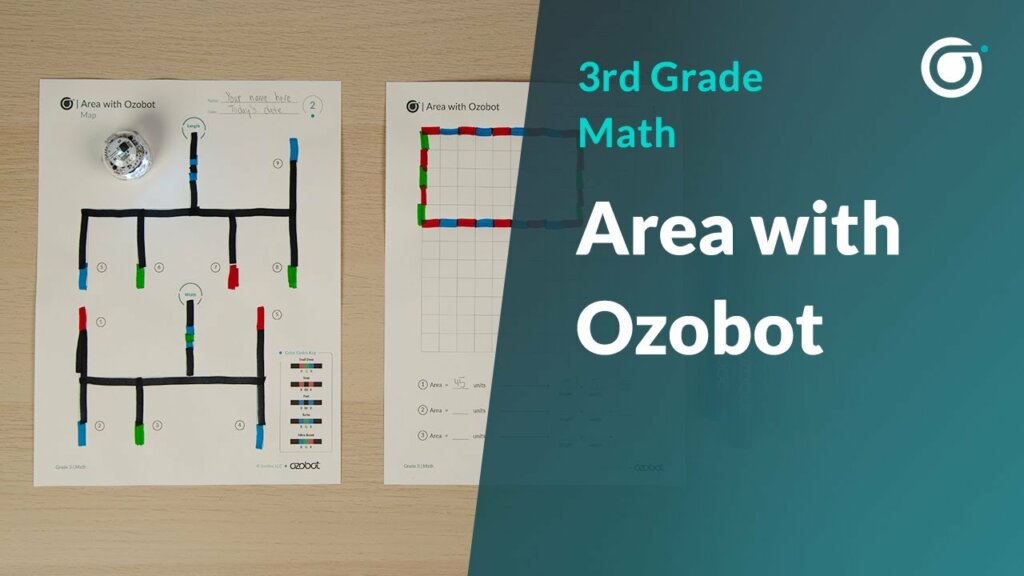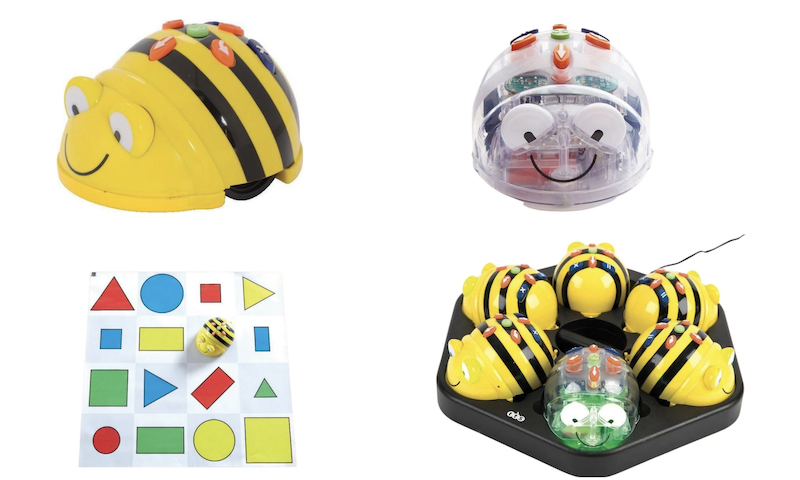One of the biggest focuses in 21st century education is on teaching coding and computer science. When incorporating programming into instruction, however, there's also a great opportunity to teach math skills. This is because many top STEM tools have some multi-faceted characteristics, which enable educators to simultaneously teach multiple skills. Starting early, students can develop math literacies with various tech tools, including those on our store and in this post. Plus, teaching math through play is also an effective strategy and these EdTech solutions allow for just that.
Wonder Workshop's Dash Robot
The first STEAM tool we'll talk about in math education is the Dash Robot from Wonder Workshop. One of the most popular and reliable classroom robotics solutions, the Dash Robot helps educators introduce core coding concepts as early as kindergarten. It's a great K-8 STEAM solution as well, however, enabling educators to teach much more than coding. Of course, one of these other areas of STEAM in which it's effective is in math lessons. This is largely because of the relatively new Wonder Workshop math activities within the Class Connect LMS. There are well over 60 math-specific activities within Class Connect and any educator with a subscription can access them to help students continue to build problem solving, computational thinking, and other relevant skills.

Teaching math with the Ozobot Evo
The Ozobot Evo is also great for math classes, specifically because of its ability to navigate. Oftentimes, when it's following a line, it comes to an intersection, giving it two (or more) possible directions to turn. There's no pre-programmed way within the Evo app to get the robot to choose turning left over turning right, however. So, the direction it turns is essentially left up to chance, creating an excellent opportunity to teach probability. Students can make a prediction for which direction they think the Evo will go most often and see if they can successfully predict its path. Teachers can also use this in discussing probability and its importance in modern math. Plus, within the OzoBlockly coding platform, students can progress to the more complex levels and incorporate mathematical concepts, like variables, functions, arrays, and more.
The Finch Robot 2.0
The next educational robot that educators can integrate in math classes is the Finch 2.0. As you know if you've explored our other posts, the Finch 2.0 is incredibly versatile and programmable in six different languages. These include FinchBlox, BirdBlox, MakeCode, Snap!, Python, and Java, positioning the Finch Robot as a true K-8 coding solution. When it comes to supplementing and enhancing math lessons, however, this classroom robot is closely aligned to Common Core math standards. On the BirdBrain Tech website, educators can find specific robot math games and lessons for all K-8 grades. Some of the possibilities include using the Finch 2.0 to draw shapes, demonstrate a number line, and many more.

Simple math lessons with the Blue-Bot
Finally, we have the Blue-Bot, which is a great early education STEM tool. Like the others on this list, there are certainly ways for educators to create math connections through simple projects and activities starting as early as Pre-K. When plotting out paths and programming the Blue-Bot, for example, students need to know how many steps it must move. If using the Card Mat, in particular, they may also have to measure out the number of tiles they want their robot to move. While engaged in these beginner coding lessons, students are also developing mathematical skills, like estimation, sequencing, and counting. They can also do things like practice identifying numbers, navigate mazes, and calculate how to take measurements.
So many of today’s top STEM tools incorporate math in one way or another. These four are some of the best and can help students develop some of the most important STEM and math skills they’ll need for the future. To grab any of them or to explore the hundreds of other STEM tools that we offer, visit our store! Be sure to follow us on Twitter and Instagram, too, for all of the latest in STEM education.






